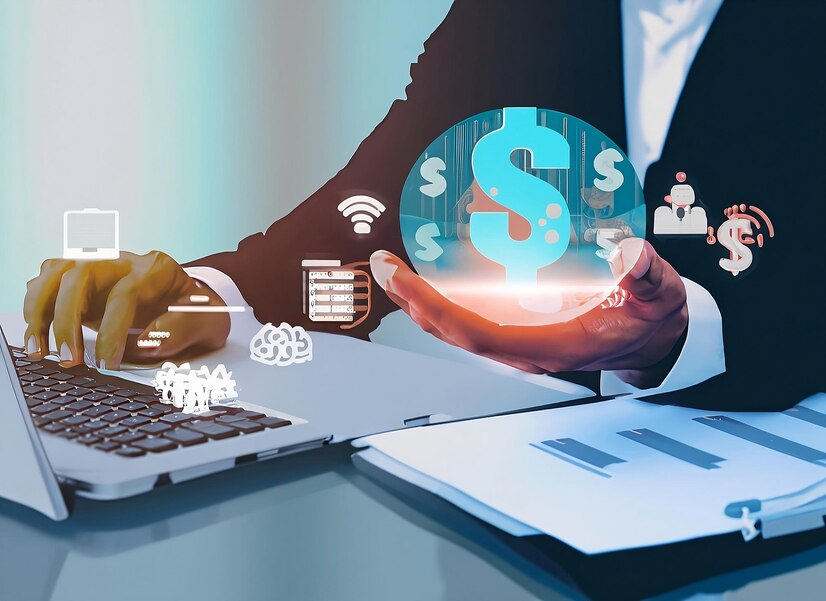Navigating The Future Of Payroll: Emerging Trends In Employee Payment Methods

Payroll systems have undergone significant transformation with the advent of new technologies, compliance, and regulation in the evolving landscape of the payments industry.
Historically, these changes have been driven by the need for efficiency, accuracy, and security in transactions. The adoption of digital infrastructure and automation has revolutionized how employers distribute wages and how workforce payments work.
Rise of Digital and Mobile Payments
The integration of digital wallets and mobile payment platforms into payroll systems marks a significant trend. Employees increasingly favor the convenience and speed of digital transactions. These platforms not only streamline payroll processes but also open doors to a range of financial services, enhancing the overall financial well-being of users.
Cryptocurrencies in Payroll
There is a growing interest in utilizing cryptocurrencies for salary payments. This section examines the potential benefits, such as reduced transaction costs and increased speed, alongside the challenges, including volatility and regulatory uncertainty. The adoption of cryptocurrencies in payroll systems reflects a broader shift towards decentralized financial systems.
Real-Time Payments and Their Impact

The shift towards real-time payment systems is transforming the payroll landscape, impacting cash flow dynamics and employee satisfaction. Real-time payments offer immediate transaction processing, a significant leap from traditional payroll cycles. This development can improve financial planning for employees and aid businesses in better cash management.
Regulatory Considerations
As payroll systems evolve, they encounter a complex web of regulatory challenges and compliance issues. It’s crucial to understand the legal framework surrounding new payment methods, from digital currencies to real-time transfers, to ensure adherence and mitigate legal risks.
Future Predictions and Trends
The future of payroll is likely to witness further integration of artificial intelligence, blockchain, and other emerging technologies. These innovations promise to enhance the accuracy, efficiency, and security of payroll systems. Anticipating and preparing for these changes is vital for businesses looking to stay competitive and compliant.
Conclusion and Recommendations
The landscape of employee payment methods is rapidly evolving, marked by technological advancements and shifting regulatory environments. Businesses must stay informed and adaptable to these changes.
Recommendations include investing in technology upgrades, staying abreast of regulatory changes, and considering employee preferences and financial wellness when implementing new payment methods. The future of payroll is dynamic and presents both challenges and opportunities for employers and employees alike.
Read Also:













